Started the day with an apple tart and Prickly Pear Lemonade at the only place in town open at breakfast time. (Tim had cherry tart and coffee, just for the record.) Took a walk around the Ajo Plaza while the light was good. Interesting place--the plaza was built in 1917 under the supervision of Isabella, the wife of John Greenway, the man who was responsible for Ajo becoming a town at all. He came here in 1910 and discovered that there was sufficient copper for mining, and he set out to develop Ajo (then population 25) into a mining town. It eventually became a company town of 10,000 people (complete with company housing and employee credit at the company store, purchases deducted from the paycheck), but when the mine closed in 1985, due to irreconcilable differences between management and workers, the population crashed to 3000 in less than a year. (We got a lot of this information from the guy at the visitor's center, who was born and raised here--his father worked for the mine until it closed.) There is still a company presence in the town, maintaining the mining site.
I posted a photo of what the mine looks like today.
The town floundered for a number of years, and then a group of citizens got together with some people from the University of Arizona and came up with a plan for revitalizing it--largely as a center for artists. The history of that effort, which seems to be succeeding, is interesting, and you can read about it here. Here's a site with general information about history and sights to see in Ajo. More than you would think!
After scoping out the Plaza, we drove down to Organ Pipe Cactus National Monument today--a half-hour south of here, right on the border of Mexico (literally). This park preserves all of the territory for the Organ Pipe Cactus, which cannot tolerate any freezing, and so does not grow anywhere in the US outside of this very far southern corner of Arizona. The cactus, which arrived in the area about 3500 years ago, was named Organ Pipe when the white people showed up, because it reminded them of the pipes of the organs in their cathedrals in Europe. There was an earlier name for it, given by the native population, but apparently I only saw that on a sign in the visitor center, and I cannot find it now.
Will update after we go back tomorrow! One of the great things about the Organ Pipe Cactus is that its flowers only open at night, and so they are primarily pollinated by the Lesser Long-Nosed Bat, which actually migrates up from Mexico during the flowering season to feed off the cactus nectar.
The other prominent cactus here is the Saguaro, the iconic cactus everyone thinks of when they think of cowboy westerns. Those arrived here about 10,000 years ago. Lots of comments on the photos. One interesting thing about these is that they are very slow growers, and so are at high risk during their early years. (It takes 10 years for them to grow their first inch.) Very often, then, they survive under what are now called Nurse Trees. The tree shelters the cactus until it gets big enough to survive on its own, without the cooling influence of the shade and without being chonked on by animals. The nurse trees usually die off after some time, because the root system of the Saguaro is very shallow, and sucks off all the water.
We spent the morning in the park, taking the 21-mile loop drive, which is one of the two main attractions (the other being a 40+ mile loop drive requiring 4-wheel drive vehicle with high clearance to get over the rocks, and our rented Kia definitely does not qualify!). There is a self-guided tour, which was very informative. I've put a lot of the information in the captions to the photos I posted, most of which were taken on that tour. We ate lunch back at the visitor center (turkey wraps we bought at the coffee shop this morning), and by then, we were hot and tired enough to head back to town. It was 98 degrees when we left about 1:30. We're told this is normal this time of year; will start cooling off in the next week or two. Gotta like hot to live here!
When we got back to town, we made our visit to the Ajo visitor center and learned about the copper mine, then drove up to the mine overlook. That was about it for the day.
A local animal of interest is the Javalina, also called the Collared Peccary. These look a bit like pigs, and are in the same order, along with hippopotami, camels, llamas, deer, and giraffes.
Pigs are in a different family. The Javalina is a much smaller animal than the domestic pig--only about 35-50 pounds. We had not seen any at all, until Tim took a walk down to the Plaza after dinner, in the dark, and found a little herd of them grazing on the lawn. Photos attached. Interesting animals; read about them here.
Critters we saw but did not get to (or did not bother to) photograph: Gila Woodpecker, Antelope Ground Squirrel, Jackrabbit, Gambel's Quail (a little covey of at least 8), Curve Billed Thrasher, and Black Throated Sparrow (which we saw in Joshua Tree). Also numerous butterflies, including Queen (related to the Monarch), Sleepy Orange, some sort of white, some sort of sulphur, and an asterocampa which is not what we get at home (though I did get a photo of that). Saw some Red Tailed Hawks, but, alas, no more sightings of the Harris Hawk. Keeping our eyes peeled!
Tomorrow we're going to go back down to the park and take the 2-hour out-and-back drive on the park road along the border of Mexico. Then we'll have done the park pretty thoroughly--as thoroughly as one can do without that rugged backroads 4-wheel drive vehicle.

 Organ Pipe Cactus National Monument, Arizona, United States
Organ Pipe Cactus National Monument, Arizona, United States
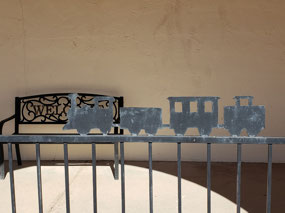
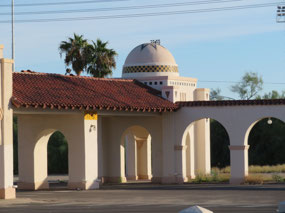
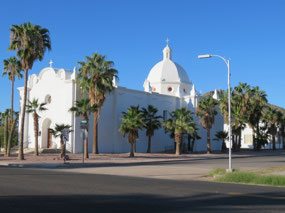
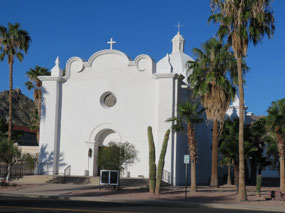

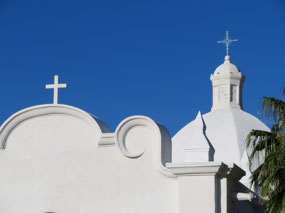
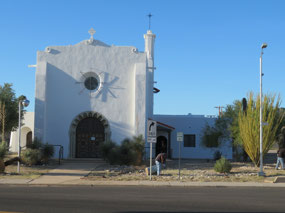
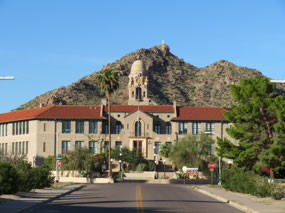
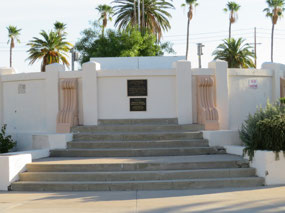
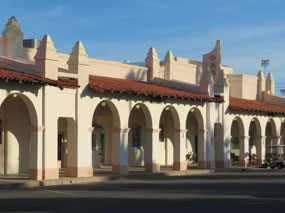
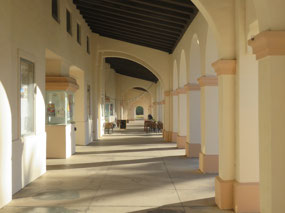


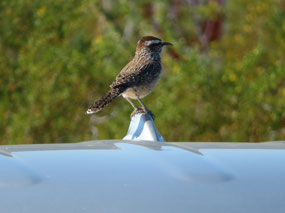
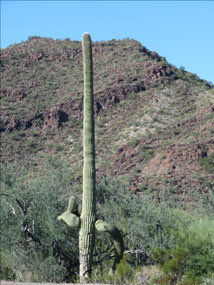

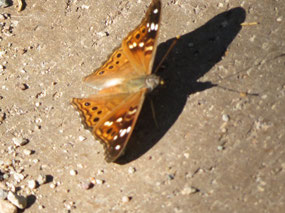
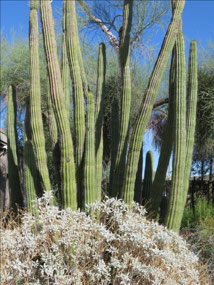
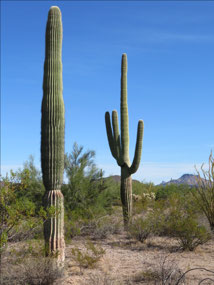
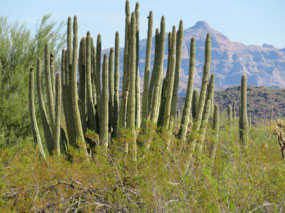
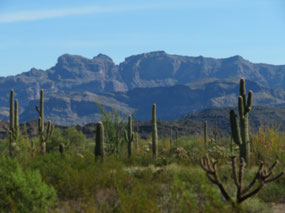
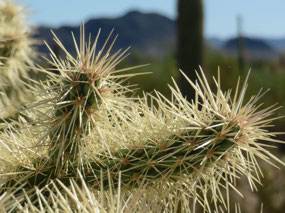

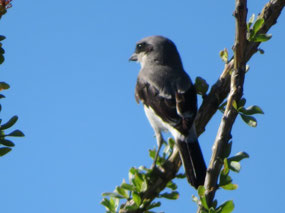
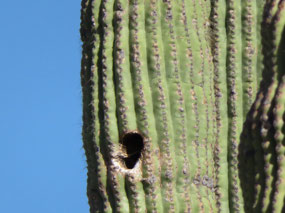
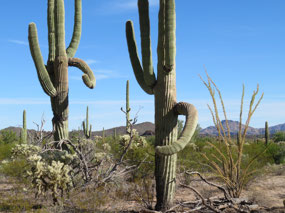
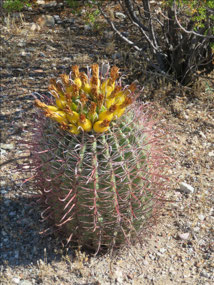
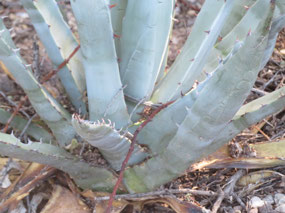
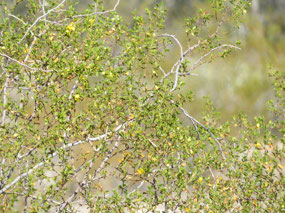
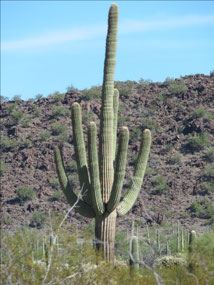
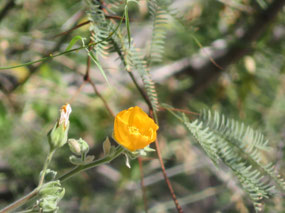
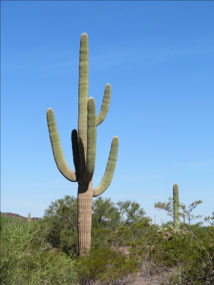
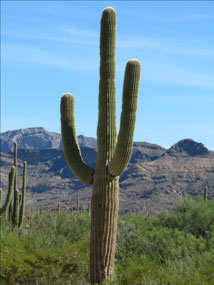
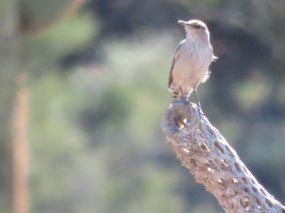

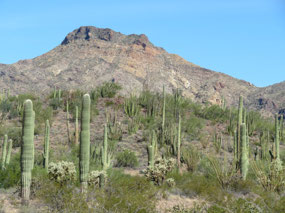
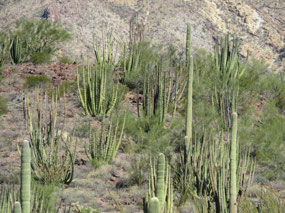

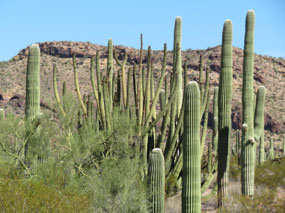
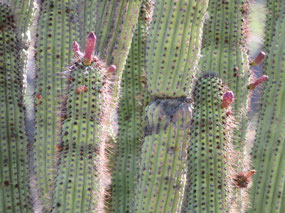
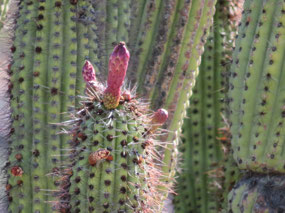
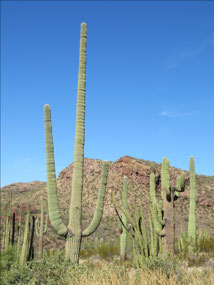
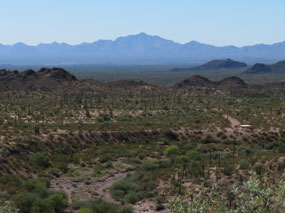
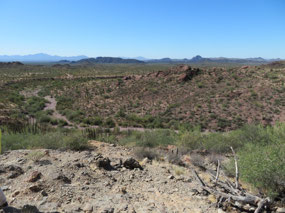
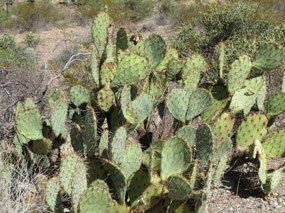
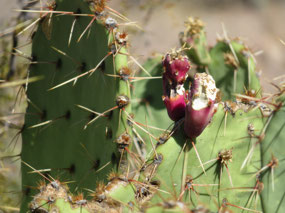
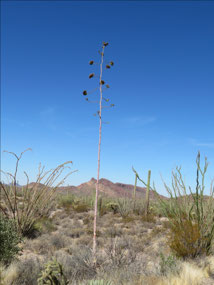
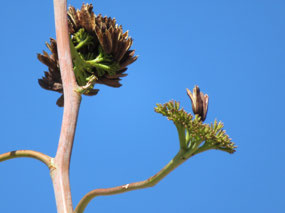
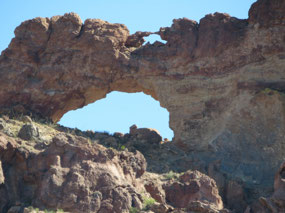
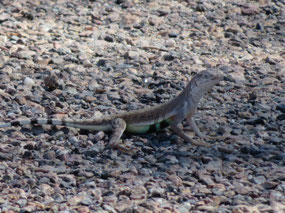
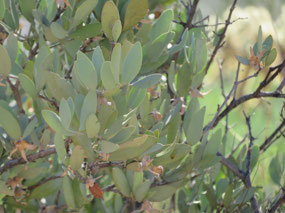
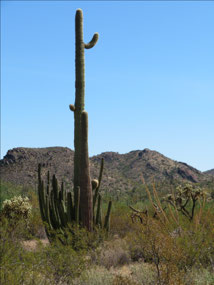
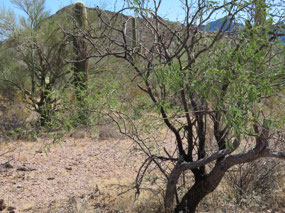
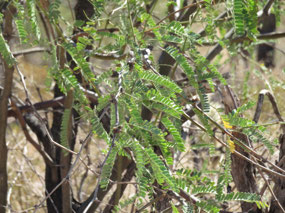
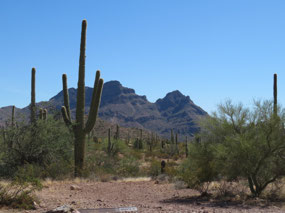
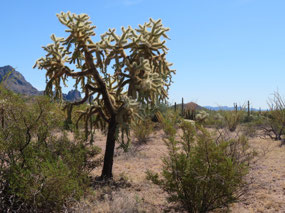
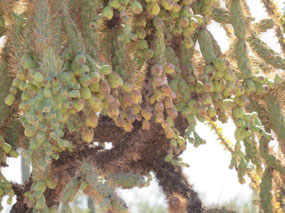
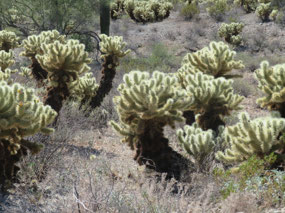
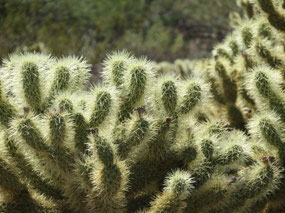
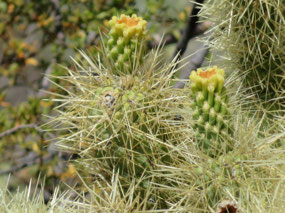
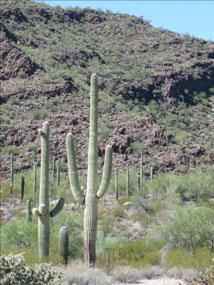
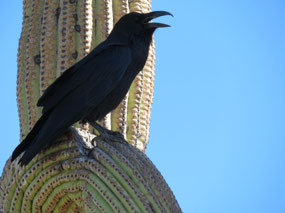
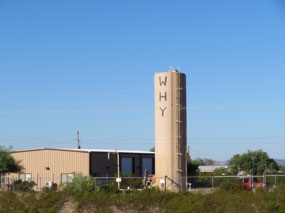
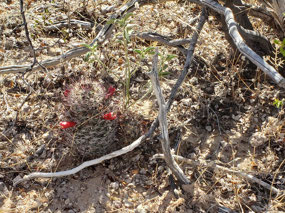
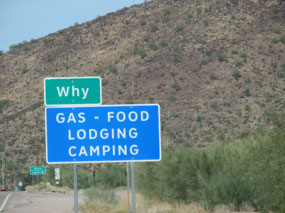
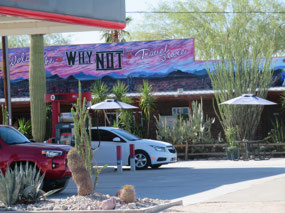
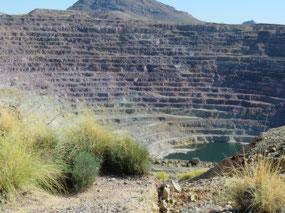
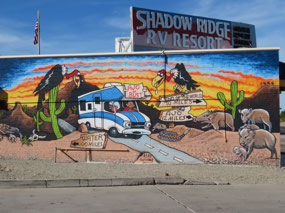

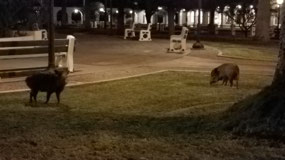
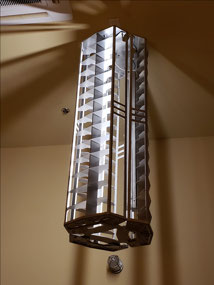
2025-05-22